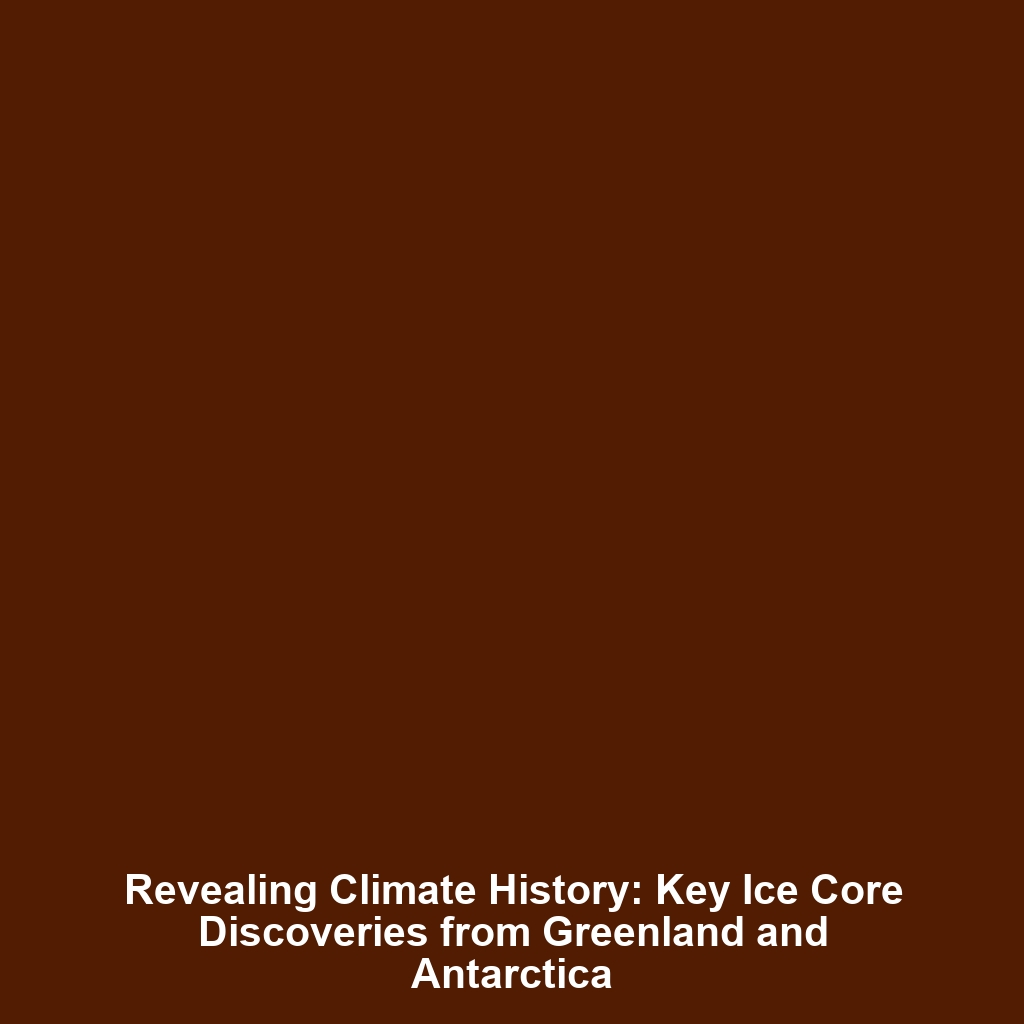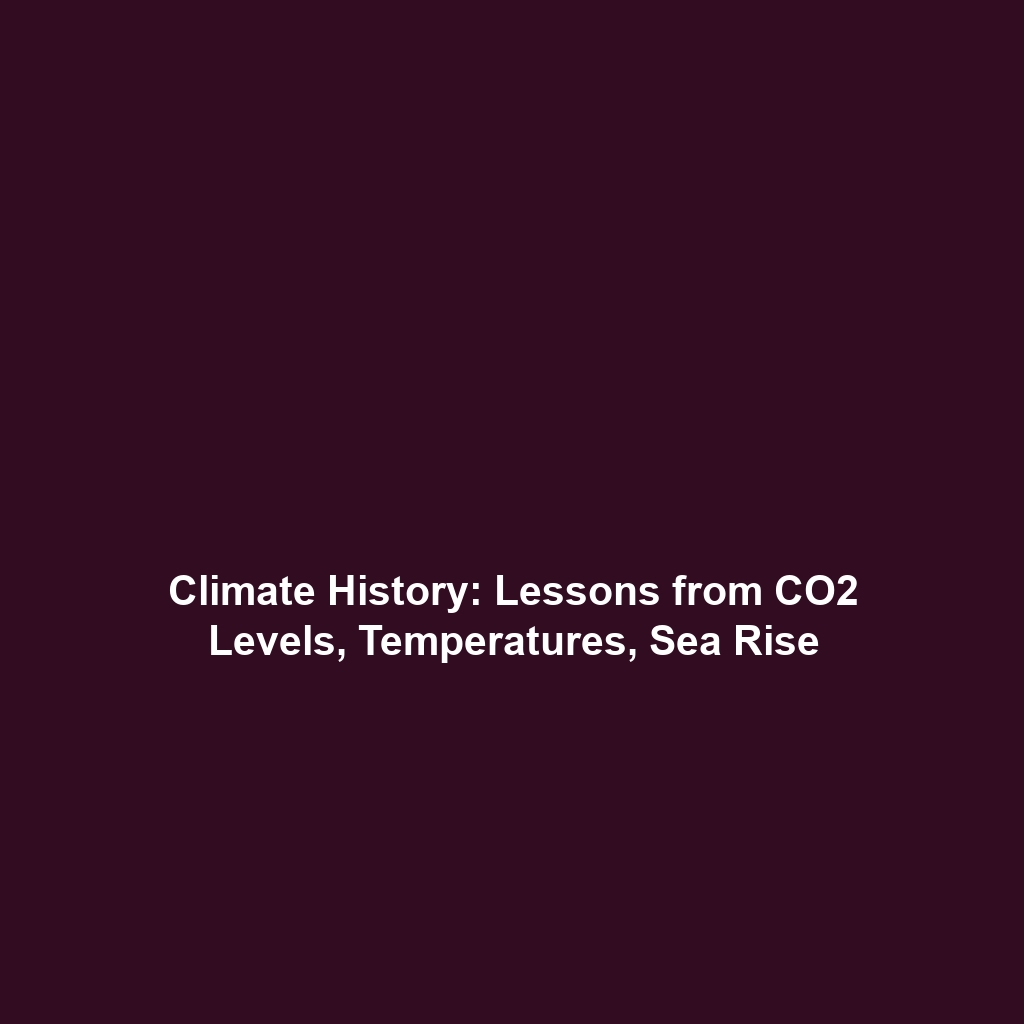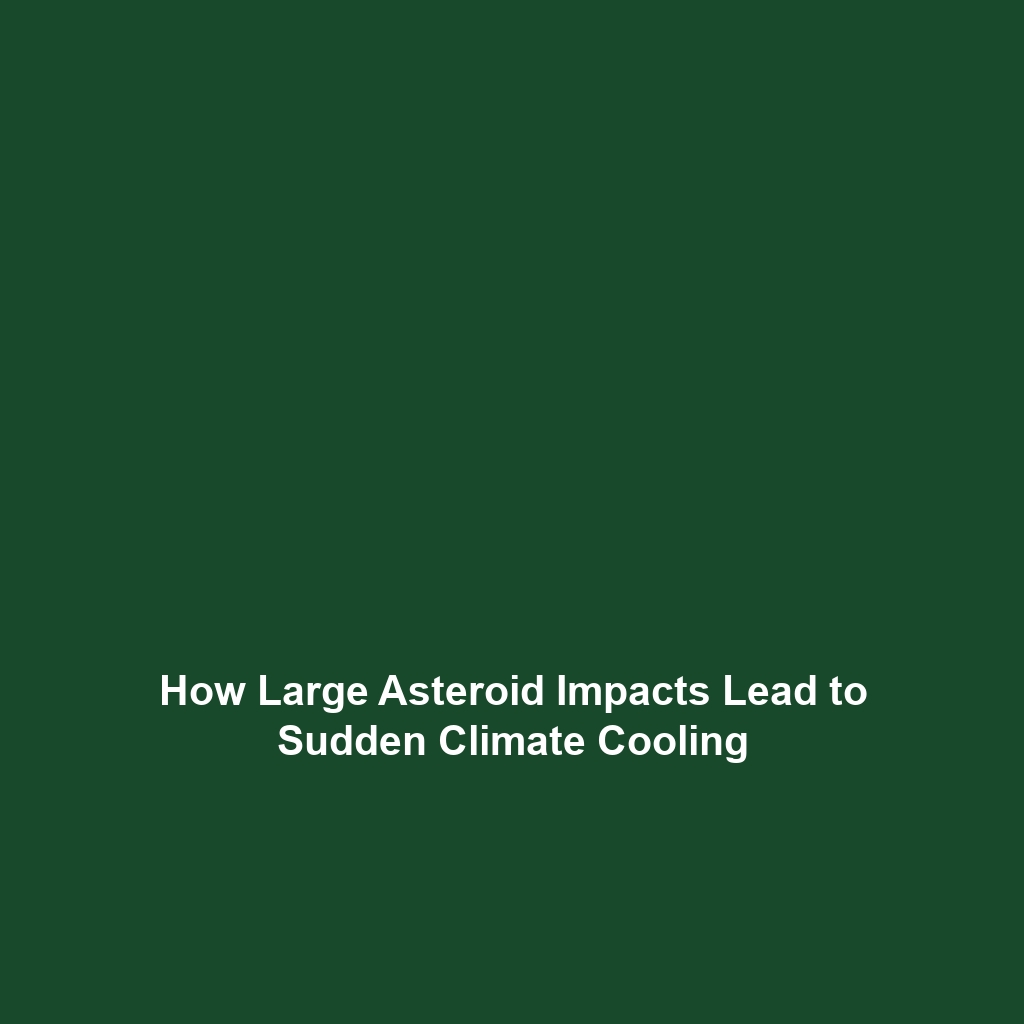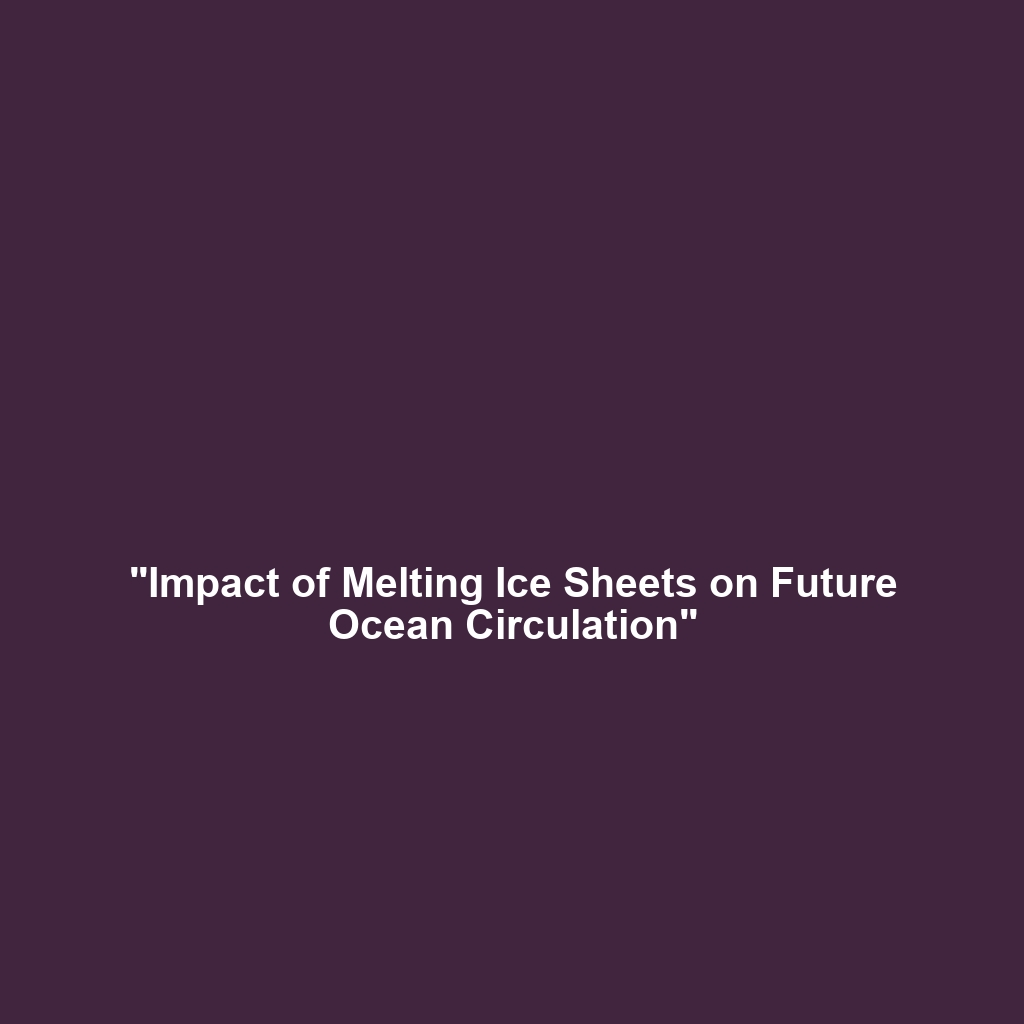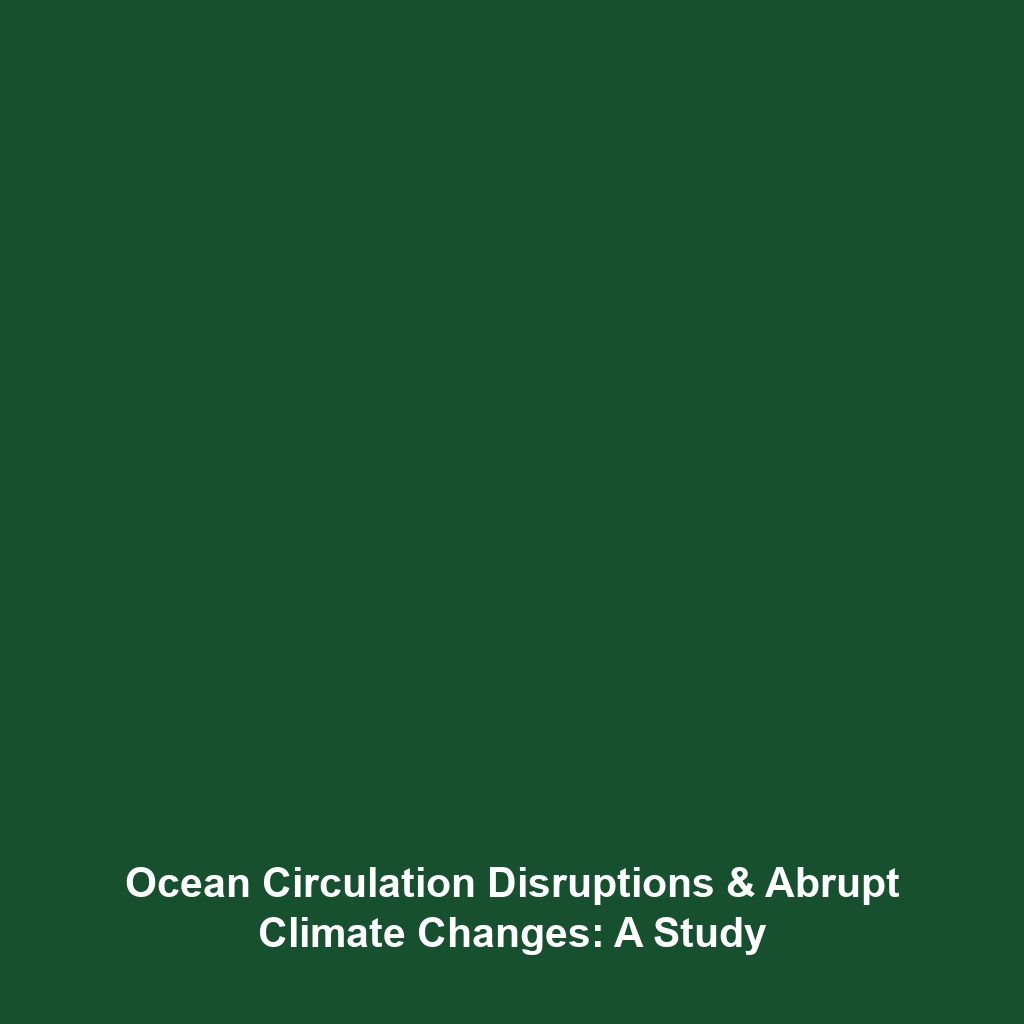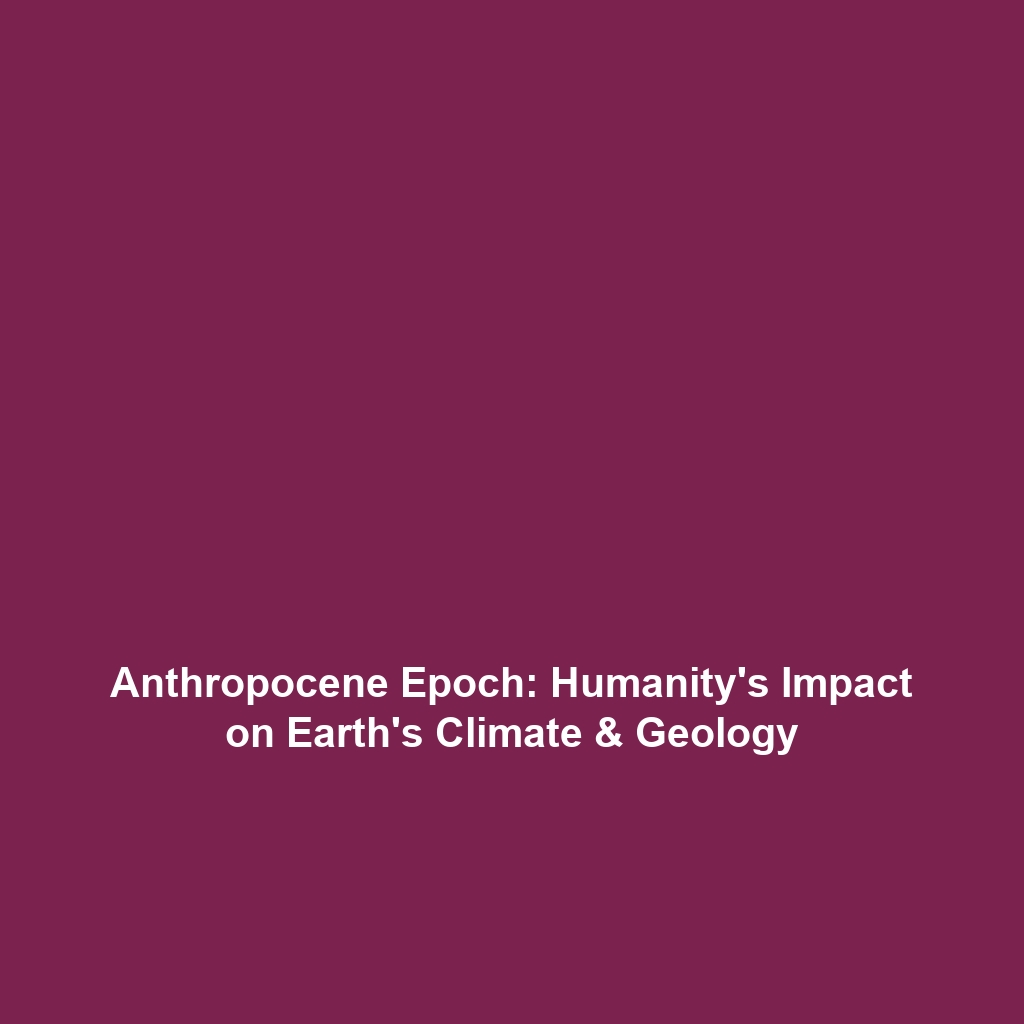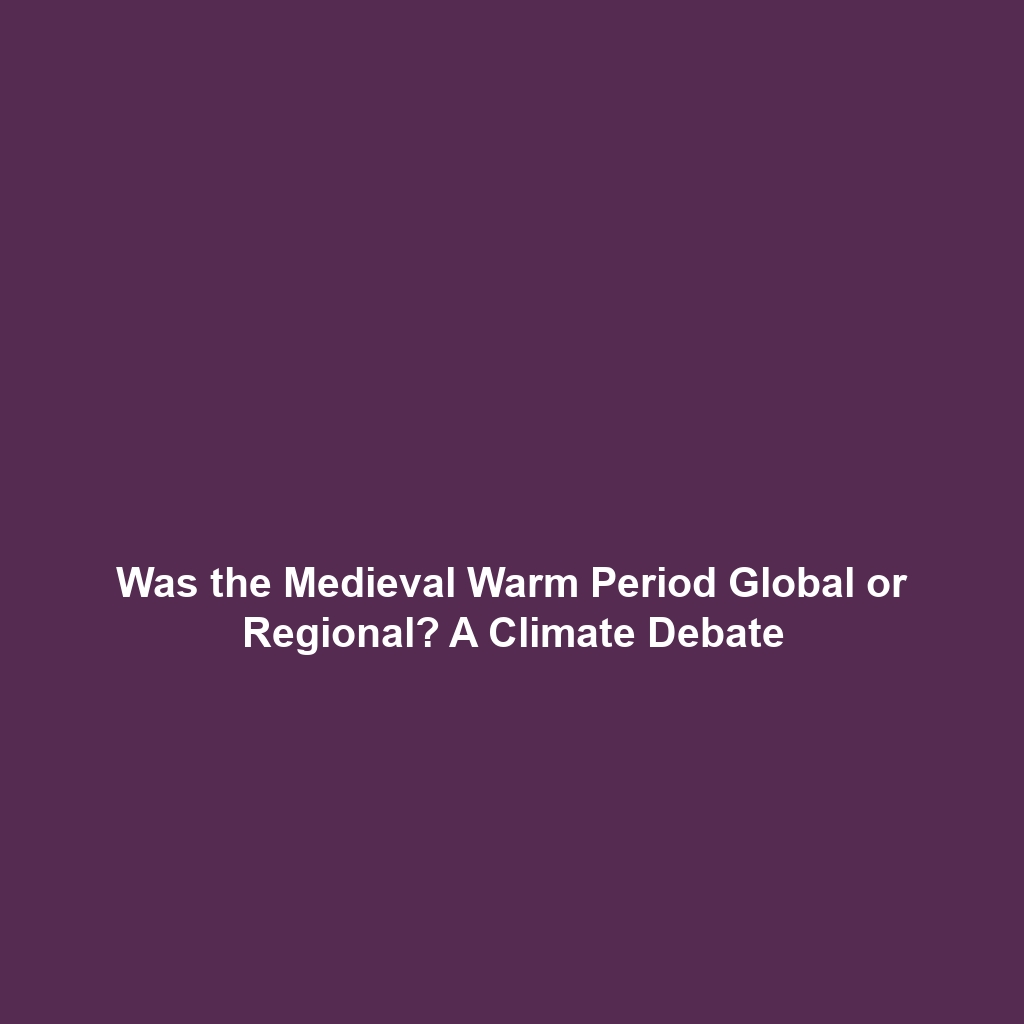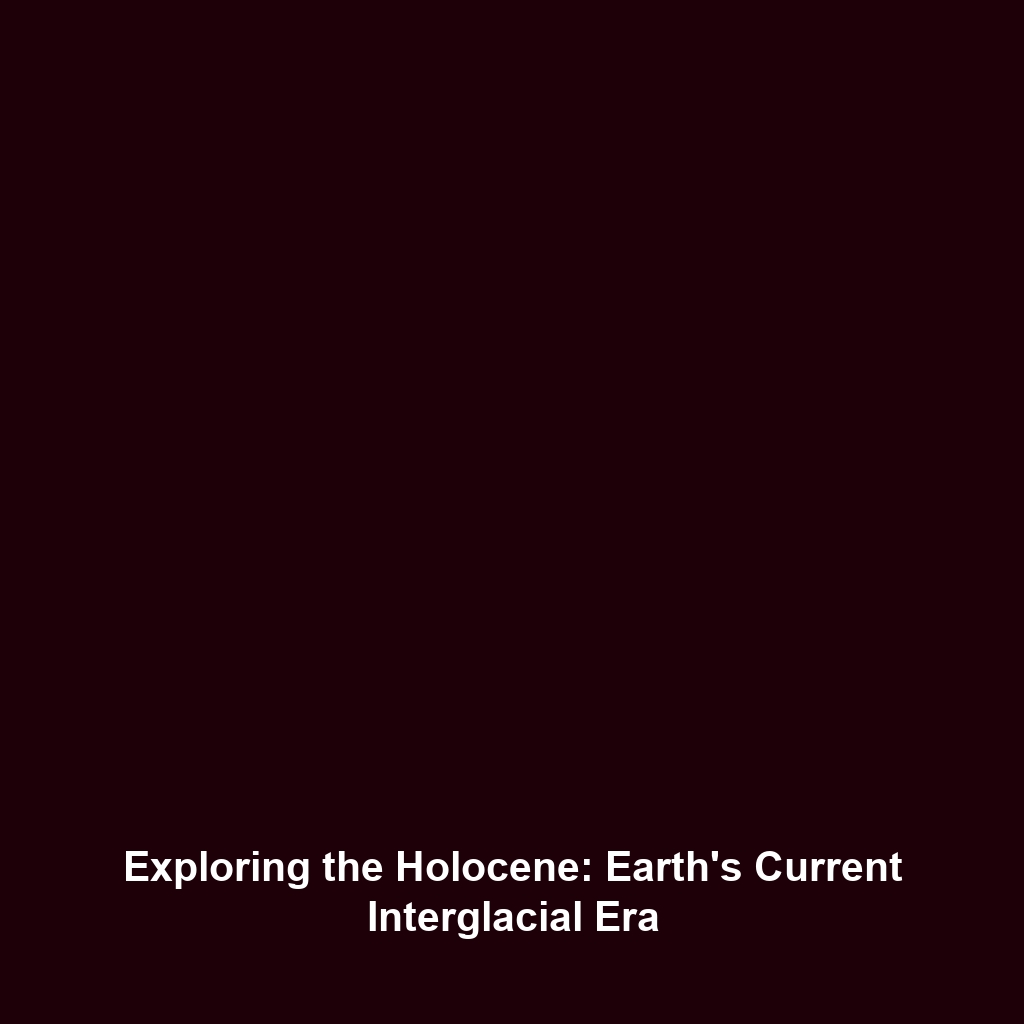Major Findings from Ice Cores in Greenland and Antarctica
Ice cores from Greenland and Antarctica serve as invaluable archives of Earth’s climatic history, offering profound insights into our planet’s past climate conditions. This article will delve into the major findings from these ice cores and their immense significance within the broader context of climate history. Understanding the data extracted from these ice cores not only enhances our knowledge of historical climate change patterns but also provides critical information on current and future climate trends.
Key Concepts
The analysis of ice cores reveals key concepts that help unpack the complexities of climate history. Here are some of the major principles related to findings from ice cores:
- Atmospheric Composition: Ice cores trap air bubbles that contain ancient atmospheric gases, allowing scientists to measure historical concentrations of greenhouse gases like CO2 and methane.
- Temperature Proxies: The isotopic composition of the ice, particularly the ratios of oxygen and hydrogen isotopes, serve as critical proxies for reconstructing past temperatures.
- Climate Events: Ice cores reveal significant climate events such as glacial and interglacial periods, volcanic eruptions, and even solar cycles that impacted climate variability.
Applications and Real-World Uses
The insights derived from ice cores have significant real-world applications that inform our understanding of climate history. Here are a few key applications:
- Climate Modeling: Ice core data is essential for creating climate models that predict future climate scenarios by providing historical baseline data.
- Policy Formulation: Evidence from ice cores contributes to environmental policy development aimed at mitigating climate change impacts.
- Public Awareness: Findings are used in educational initiatives to raise awareness about climate change and its historical context.
Current Challenges
While the study of ice cores has advanced significantly, several challenges remain in this field:
- Sample Degradation: As ice cores are extracted, the risk of contamination and degradation of samples can introduce inaccuracies in data.
- Access to Remote Locations: The logistical challenges associated with accessing polar regions can hinder research efforts and data collection.
- Interpreting Data: The complexity of ice core data requires sophisticated analytical methods and interpretations, which can lead to uncertainties in findings.
Future Research and Innovations
Looking ahead, several innovations are set to enhance our understanding of findings from ice cores in Greenland and Antarctica:
- Advanced Analytical Techniques: New technological advancements can improve the precision of isotope analysis in ice cores.
- Interdisciplinary Research: Collaborative studies across fields can lead to more comprehensive insights about climate history.
- Robotic Sampling Tools: The development of autonomous drones for sample collection may increase the efficiency and accuracy of research efforts in remote locations.
Conclusion
The major findings from ice cores in Greenland and Antarctica are critical to understanding the intricate history of our planet’s climate. These findings not only provide a window into past climate changes but also serve as a vital resource for informing future climate policies and research. As we continue to enhance our understanding through ongoing research and innovation, it is imperative to consider the historical context provided by these ice cores in tackling contemporary climate challenges. For further reading, explore our articles on climate modeling and greenhouse gases in the atmosphere.
